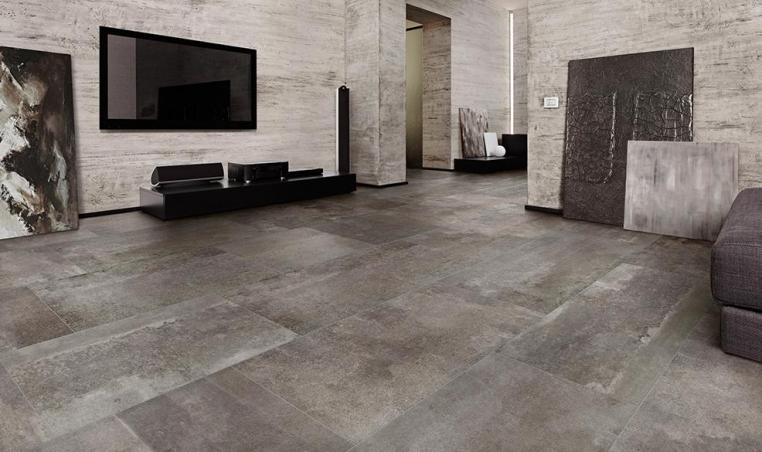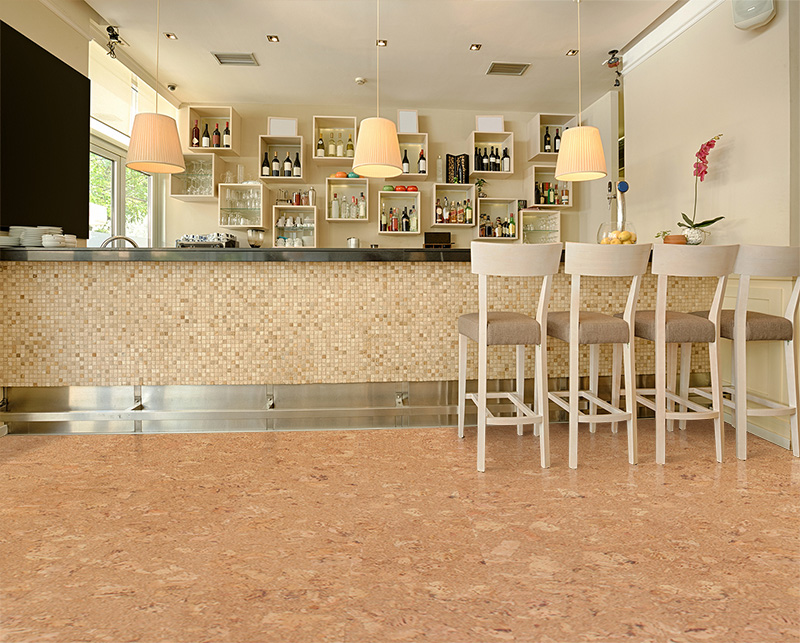
Material and structure: similar to ceramic tiles, porcelain tiles are made of natural clay minerals processed under extreme heat. They are usually produced in the shape of 0.5 to 3/4 inch-thick square or rectangle or other polygon-shaped tiles. The surface of the tiles is glazed in order to seal the pores on the surface. The only difference with ceramic is that the material is refined to make the composition denser.
Finishing texture: Just like ceramic tile, while they come in different shapes, sizes, colors, and patterns, many of them resemble natural stone in look and texture. They give the hardest feeling when you walk on just like stone. The finishing texture may range from matte to very shiny.
Durability: Porcelain’s water absorption rate is even lower than ceramic, making it more water resistance. Plus, its composition is more dense and homogeneous, making it harder. These two features couples together, make it more durable than ceramic tile. So, porcelain tile’s life expectancy is even higher than that 100+ years of ceramic tile.
Installation: since porcelain tile is denser and harder than ceramic, it is much harder to cut, making it not a good option for DIY projects at all. As a close cousin of ceramic tile, porcelain tile should also be installed on completely flat, even sub-floor. The sub-floor can either be plywood or concrete. The tiles basically get glued to the sub-floor by proper mortar and then they should be grouted.
Weaknesses and limitation: Just like ceramic tile, their biggest drawback for Canadians is definitely the extremely cold feeling under your feet in the winter! And similarly, porcelain tile is usually not a good option for exterior applications, especially in cold climates with harsh freezing winters. Although it is considered water resistance, still its water absorption rate is higher than natural stone. So, with the first frost, it will most likely crack. However, recently some companies have manufactured porcelain tiles with lower absorption rates, specifically designed for exterior applications.
Cost: As the budget is always a key decision factor, it is worth to mention that a porcelain tile is roughly 50% more expensive than a similar ceramic tile (similar in terms of look, quality level, and size).


